Before You Roast Those Chestnuts, Make Sure You've Got a Clean Chimney
http://decor-ideas.org 10/24/2015 23:13 Decor Ideas
Santa isn’t the only one who believes in the importance of a clean chimney. A lack of fireplace maintenance is responsible for more than 27,000 chimney fires each year, according to the Chimney Safety Institute of America, or CSIA. Says Lorraine Carli, vice president of outreach and advocacy for the National Fire Protection Association, or NFPA: “The leading factor contributing to home heating fires was failure to clean — principally, the creosote — from chimneys.” Carli says a good rule of thumb is to inspect and clean your chimney once a year. “A good time is right before the cold weather sets in.” In other words, it’s time to get on it.
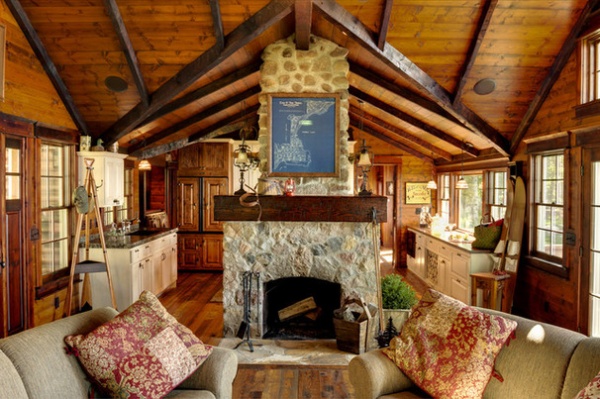
1. Why do chimneys need to be cleaned? Smoke from burning wood goes up your chimney, leaving behind a substance called creosote, which is highly flammable. “With a buildup of soot and creosote, the whole chimney can go up like a Roman candle,” says Steve Lovsteen, founder and principal of Oliver Twist Chimney Sweep & Air Duct Cleaning in Southern California.
His job, and the job of other chimney sweeps, is to prevent fires and carbon monoxide poisoning. Cracks, voids and breaches on the inside of a chimney or chimney liner can lead to house fires or carbon monoxide leaks. Lovsteen, a state-certified fire inspector, says the danger is that heat in the smoke chamber will pass through the cracks and ignite the home’s wood-frame structure.
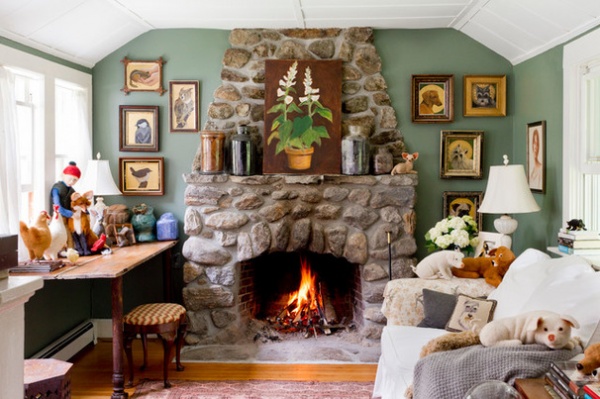
Even gas-burning chimneys need regular maintenance. “People say, ‘Well, I’m just burning gas, I’m not too concerned,’ ” Lovsteen says. “But you have to be careful with gas too, because you don’t want the transfer of heat and gases, like carbon monoxide and carbon dioxide, inside the spaces between the walls or going into the house.”
And even though wood is not burning in a gas fireplace, a residue of fine carbon soot still gets left inside the chimney. How much soot depends on several factors: the placement of the logs, whether the logs are cracked or in good shape, the gas-to-air ratio of the flammable mixture and the efficiency of the gas burner openings.
Lovsteen describes the resulting soot as “lighter and fluffier” than creosote but still a potential danger. “It’s also messier,” he adds. Soot from a gas fireplace can clump together, creating balls that fall onto the hearth and fireplace surround. A gas fireplace can also put unwanted particulates in the air and increase the risk of trapped carbon monoxide inside the home.

2. How to know if your chimney needs inspection and cleaning. The NFPA recommends an annual inspection of all chimneys, flues and vents, but Lovsteen says it’s especially important to get an inspection after an earthquake or chimney fire, as well as when you’re buying a new home with a fireplace and chimney.
If you’re unsure whether your chimney needs cleaning, Lovsteen recommends getting on your hands and knees with a flashlight and fireplace poker, then poking right above the damper on the walls of the smoke chamber. “If you see a quarter-inch of that black fuzzy powder, that’s creosote, and it’s flammable,” he says. “When you see a quarter-inch or more, it’s time to have it cleaned. Less than a quarter of an inch is usually not a problem.”
As for when to clean a gas fireplace, it depends on how often you use it. Again, the NFPA recommends an annual inspection, and if there’s a quarter-inch or more of soot, it’s time for a cleaning.
Lovsteen says cleaning a gas-burning fireplace should also include the gas lines, which can become clogged with dust, lint and even spider webs. His team uses commercial vacuums with HEPA filters and small brushes.

3. Cleanings help keep your fireplace working properly. In addition to safety concerns, chimney maintenance also ensures the fireplace will continue to function properly. The accumulation of soot can hamper a chimney’s performance. As little as a half-inch of soot buildup will restrict the air flow by 17 percent for typical masonry chimneys and 30 percent for the average prefabricated chimney, according to the CSIA.
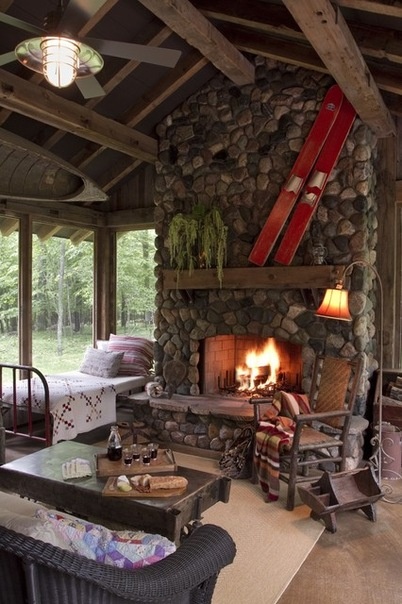
4. Finding the right professional. Before you hire a chimney sweep, it’s important to know what to ask. Sites like the National Chimney Sweep Guild, the Chimney Safety Institute of America and Fireplace Investigation Research and Education are good resources that offer tips and advice on hiring the right professional.
The CSIA recommends you ask the following questions:
How long has the chimney sweeping company been in business?Does the company offer current references?Does the company have unresolved complaints filed with the city or state consumer protection agency or Better Business Bureau?Does the company or individual carry a valid business liability insurance policy to protect your home and furnishings against accidents?Does the company ensure that a CSIA-certified chimney sweep will be on the job site?
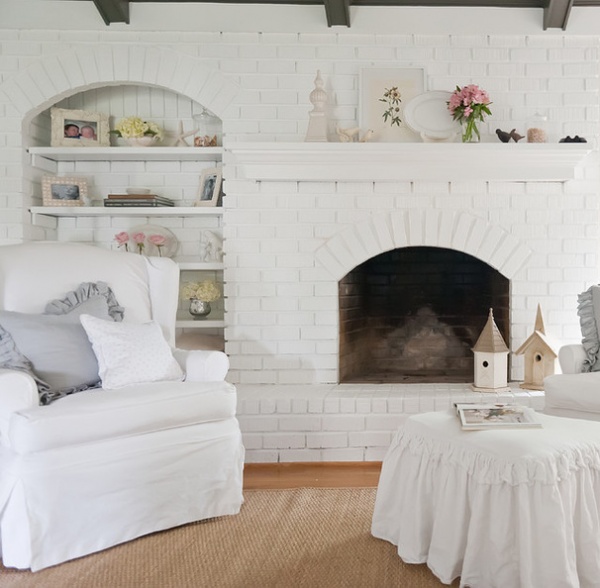
5. Can you DIY? While cleaning your chimney could be a DIY project for someone capable of and knowledgeable about home repair, it’s not recommended. It’s a dirty, difficult and potentially dangerous job. Think ladders, rooftops and even animals. The CSIA notes that birds and small animals think your chimney looks like a hollow tree in which to set up housekeeping. Sweeps often find chimneys literally packed full of leaves, twigs and baby animals. “We’ve found everything from raccoons, possums, kittens and birds of all kinds, even a peacock once,” Lovsteen says.
Beyond dealing with critters, Lovsteen says the most important thing for DIYers is to make sure to clean off any creosote and debris that may have collected on top of the smoke shelf. “You can’t just brush the chimney,” he says. “You have to reach up and vacuum the smoke shelf, otherwise one errant spark lands on top of the smoke shelf and the whole thing can go up. It’s really important.”

6. Preparing for inspection and cleaning. There’s not much homeowners need to do before a chimney inspection, Lovsteen says. He suggests removing any breakables from the mantle, just in case, and possibly moving furniture slightly away from the hearth. “A good chimney sweep will cover the front of the actual hearth with a nice clean cotton tarp or dropcloth,” he says. Some technicians also wear protective booties over their shoes.
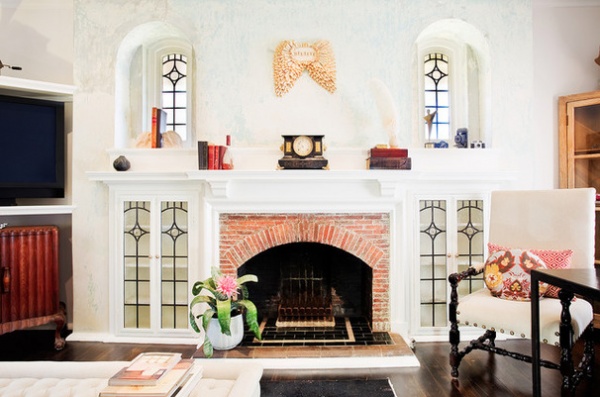
7. The three levels of inspection. The type of inspection performed during the service will depend on the customer’s needs, and is ranked according to service level. “An inspection will tell you if you have a buildup of creosote, the oily substance that accumulates on the chimney when things are burned,” the NFPA’s Lorraine Carli says. “If you do, then the chimney needs to be cleaned to avoid the risk of fire. An inspection will also reveal if there are any structural damages to your chimney.”
A Level 1 inspection is a basic visual inspection for fireplaces and chimneys that are used often and not experiencing any problems. For this inspection, the technician requires minimal equipment: flashlight, screwdriver, possibly pliers. The technician will check the basic condition of the chimney structure, flue, fundamental clearances and possible blockages.
A Level 2 inspection is recommended when homeowners are switching their fuel type from wood to gas or vice-versa, when changes are being made to the shape or material of the flue, or when a property with a fireplace and chimney is being purchased.
This type of inspection is more in-depth. Although no demolition tools are necessary, technicians will conduct video scanning with an internal camera to examine interior surfaces and joints.
A Level 3 inspection is used in cases where serious hazards are suspected. It may also require special tools to access concealed portions of the chimney structure and flue, and parts of the chimney, such as the crown or interior wall, may have to be removed.
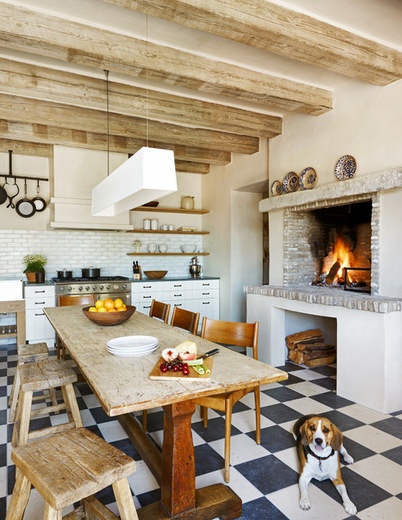
8. How long does a cleaning take? “It depends on how dirty the chimney is and how big it is,” Lovsteen says. Generally, it takes a two-man crew about an hour to clean a chimney. If it’s really dirty, it might take two hours.
In a worst-case scenario, it may take more than one visit. “We’ve had some chimneys that have burned for 30, 40, 50 years and never had a cleaning,” Lovsteen says. This negligence often results in a coating inside the chimney almost like a glaze. “You can’t brush it out, I don’t care how strong you are,” Lovsteen says. In this case, a chimney technicians will use an acid-wash, anti-creosote spray inside the smoke chamber. They’ll allow the spray to dry and return a few days later to use special tools to dislodge the creosote.
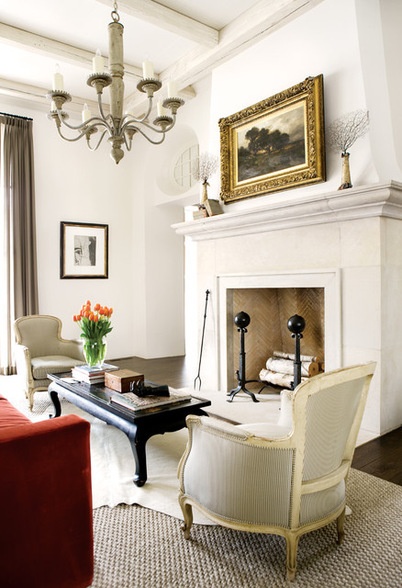
9. Don’t forget the rain cap. A code-compliant rain cap is highly recommended to help keep out rain, birds, leaves and wind. “As cold weather nears, it’s important to make sure our homes are ready for the winter months,” Carli says. “We see a number of fires in chimneys each year, and most can be prevented by making sure your chimney is clean and in good working order.”
Find a local chimney sweep
See how to clean: Hardwood Floors | Marble Countertops and Tile | Glass Showers | Refrigerators | Carpet | Stainless Steel | Windows | Garden Tools | Dishwashers | Silver
Related Articles Recommended












